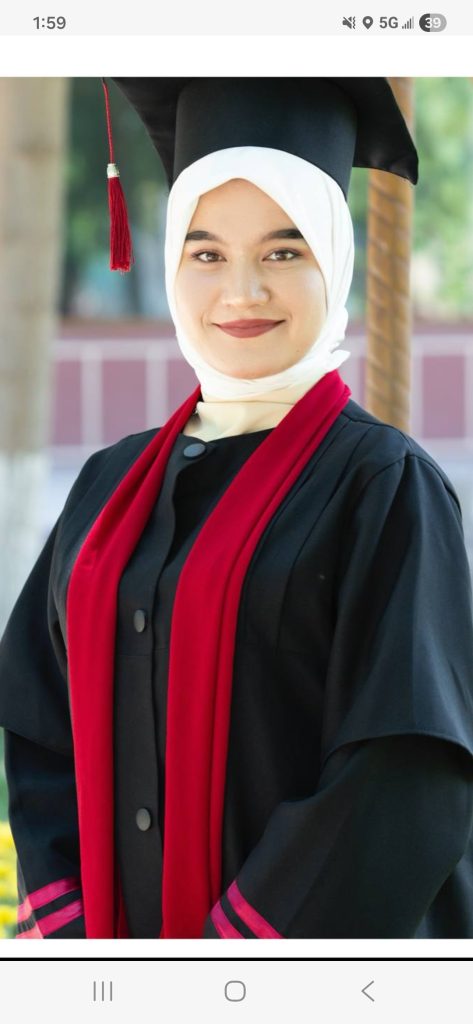Bad Poetry is Bad Poetry
“I just can’t figure it out. No one seems to be reading my poems. I post them in my writing groups and even on the rest of those Social Media sites. I’m not getting any comments or likes.” She sniveled.
“Wish I had an answer for you.” I whispered.
“I’ve been thinking it might help if I change the font for my poem. Maybe use a flowery cursive style and format . I got it. I’ll overlay my poem on a picture with an image that captures the poem’s theme. What do you think?”
“My opinion isn’t important. I’m not at all familiar with how to present a piece of literature. Marketing is a mystery to me. ” I answered. It was my poor excuse for not wanting to give her the actual reason.
‘Why won’t you answer my question? I would really appreciate your professional critique. I’m trying to reach a larger audience and I believe the reason for the poor readership is the way my poems are presented. If I make them more attractive by adding a few features to capture the reader’s attention, I will become famous. Don’t you believe it’s true? Tell me what you think.”
“My professional opinion? I’m not sure I can be considered as a professional. But if you insist and want me to give you my take on your conundrum, I’ll offer my honest assessment. But listen , please don’t get all defensive and up tight and shit like that. Don’t take it as a personal attack. Now with that being said, are you sure you want me to tell you what I think is the cause of your limited success as a poet?”
“Of course I won’t be offended. I know you’ll be honest. Wait a second, are you going to put me down?”
” I’m going to offer my honest opinion. That’s what you want, isn’t it?”
” Yes. Okay, go ahead.”
” First of all, you’re way off course. You’re not seeing where the actual problem lies. The early classic Poets didn’t have Social Media and marketing tools available to dress up their work.
Dylan Thomas, Robert Frost, Emily Dickinson, Walt Whitman, Sylvia Plath the Beat Poets and many more. Their poems were favored because they generated emotions or inspired ideas. The poem stood as a great piece of literature solely on the words and the rhythm of the verse.
You spend more time planning the poem’s presentation than the time you spent creating the poem.
Let me ask you this. What is your reason for writing a poem? Why do you want to be a poet?”
“I’m not really sure. I guess because it is something that comes easily to me. It doesn’t take a lot of effort for me to write a poem. Plus I think my poetry is good enough to make me famous and wealthy.”
“That is one of the most insincere reasons for anyone to choose as their purpose for becoming a poet. Really your intention is to win some type of popularity contest just to feed your ego? I’m amused by your main goal for writing poetry is to become famous and rich. I will let you In on a secret. As a poet you will be required to have a full length mirror.”
“ Why would I need a full length mirror? “
” So you can watch yourself starve to death.”
“You’re real funny. Ha ha.”
” Seriously, it’s obvious you don’t have the slightest inclination of the enchantment that lives and breathes inside the soul of a poem. If ever you discover the intoxicating essence of its purpose It’ll be an enlightenment confirming that your fate chose you to be a poet. As if madness wasn’t enough.”
“What, you don’t think I’m a real poet?”
“I think anyone that creates a poem is a poet. But not everyone that creates a poem is a talented poet. Some writers just produce ‘Bad Poetry’ pablum, doggerel, drivel, prattle or pure garbage.”
“So you’re saying my poetry is garbage?”
” No, I didn’t say that. I consider the theme of your poems as narcissistic. Always centered around you which in turn evokes an unfavorable response.They’re filled with uninteresting thoughts, unoriginal insights, egocentric desires and dreams. You believe your experiences, your feelings, your ideas and your opinions are as important to everyone else as they are to you. What makes you think anyone is interested in your trivial dramas, your inconsequential dilemmas. They’re all insignificant. Remember this quote; ‘ Just because it happened to you doesn’t make it interesting.’
“Do you understand the meaning?”
“Yes I’m not an idiot.”
“ And I’m not suggesting you are.
But, another glaring flaw appearing in your poetry is your use of grammar school childish rhymes. Rhyming love with dove or home with roam and a long list of others. Then there are the worn out idioms or cliches that just add to your poem’s unoriginality. Maybe if you spent more time creating the poem instead of the hours you waste away planning its presentation, you’d find an epic piece that’s been hidden away inside of you.
And as far as your ideas to gain attention, when I see a poem overlayed on a picture with fancy hard to read fonts in some jumbled format, I don’t even take the time to read the title. Speaking of titles, stop using Untitled for a title. Because Untitled is actually a title. It says to me, If the poet lacks the talent to create a title, the poem must be equally uncreative. Make me understand why it’s necessary to gift wrap a poem and tie it up with ribbons and bows.”
“You don’t have to be so mean. I just asked for help, not your degradation. Ya know what, go to hell. Your opinion doesn’t make you right.”
” That’s correct, I’m not claiming to be right. I said I would give you my honest opinion. That’s exactly what I’m doing.”
” Fine now no sex for you until maybe forever. You know I’ve received a lot of positive responses and encouraging comments from a few of my writing groups in the past.”
“And what good did that do? Tell me. I see it as a dishonest act, perpetuating a major untruth. I’ll call it like it is, a lie. When someone posts their poems in some Poetry Group and it receives undeserved compliments. People comment with positive statements to someone who obviously has no talent for writing. Telling them it’s great ink or interesting creative verse, raving about how wonderful the poem is. Instead they should be offering suggestions on how to write a decent poem or give examples of how their poem could be better. Give them an honest assessment of their work. What people are doing by giving undeserved kudos and accolades is setting them up for a horrible realization when every poem they submit to a magazine is rejected. False encouragement and untruthful evaluation of their writing is a cruel act. It will surely backfire in the future. Admins of those groups explained to me it is an act of being nice. Personally, I’d rather have an honest critique of my writing, positive or negative instead of bullshit. I don’t need anyone to be nice. I don’t need my ego stroked. I prefer to be told the truth. “
“What makes you Mr.Know it all? I don’t see your books on the Bestseller list or your poems winning any awards. Who do you think you are? No matter what you say I’ve been told my poetry is unique.”
” See, now here you go reacting exactly like a self-righteous person getting angry and defensive because you didn’t receive flattering comments. What makes you think everyone should shower you with praise? Let me give you a fact of life. There are some real rude, insensitive, cold-hearted, brutal and callous people in this world that won’t be as polite when offering their opinion. So toughen up. “
“You hurt my feelings. I thought you would give me advice not to belittle me. You don’t know what being nice is.”
” I’m sorry if you’re upset but it’s just the way I see things. Ya know what I’ve got a great idea. Didn’t you take some Art classes in painting a couple years back at the Community College? I remember your Watercolor Paintings were dazzling. Maybe you should take a shot at being an Artist. What do you think? “
JSB
Judge Santiago Burdon
Stray Dogs and Deuces Wild, Not Real Poetry, Quicksand Highway, Fingers in the Fan, Tequila’s Bad Advice, Lords of the Afterglow, Overdose of Destiny, Architect of Havoc, A Charlatan’s Aphorisms.
1340






